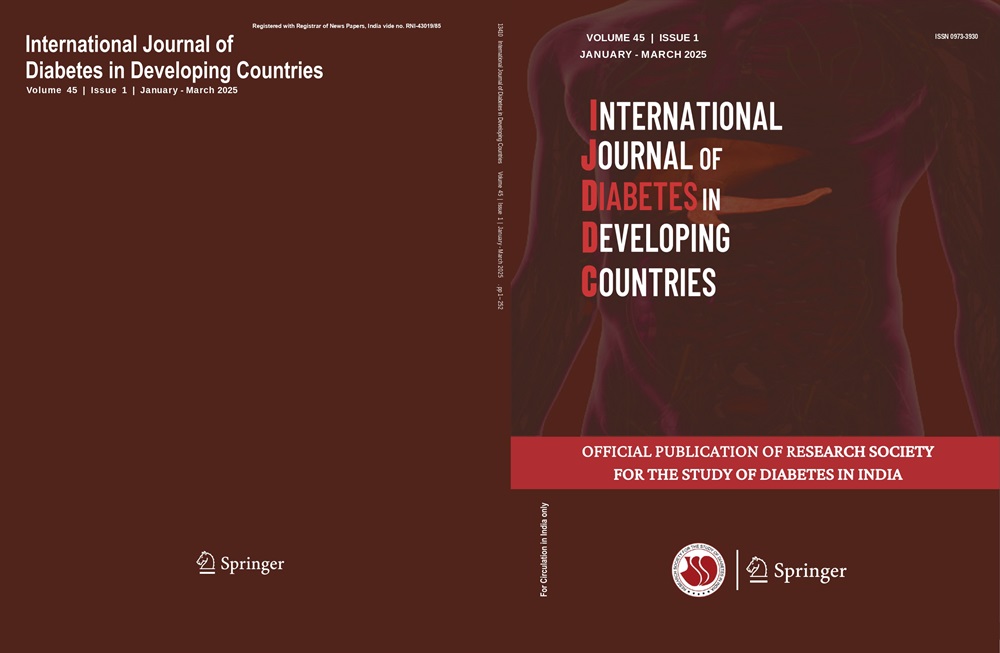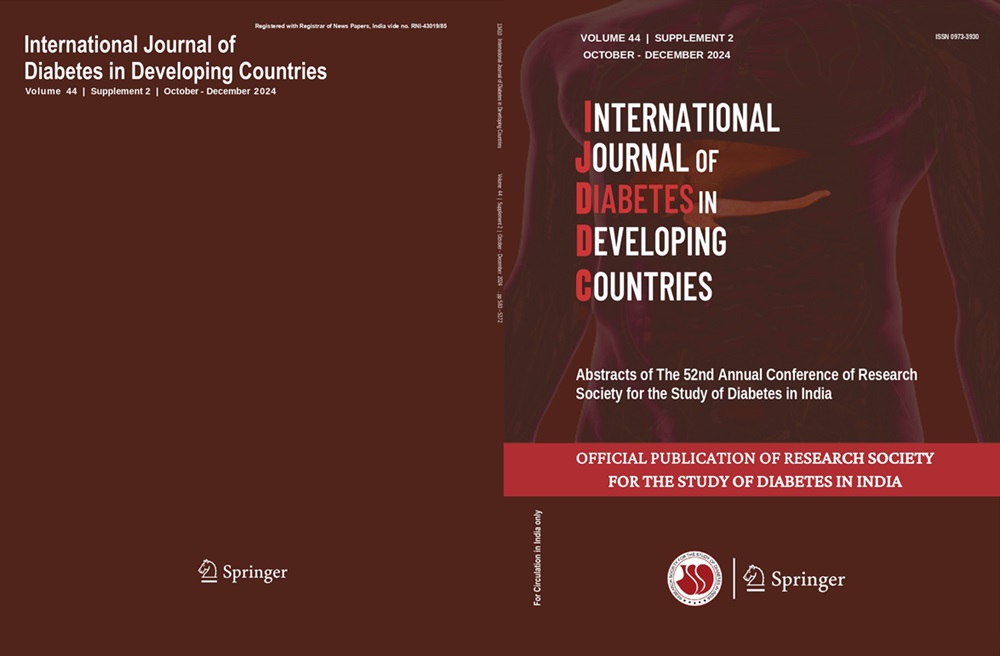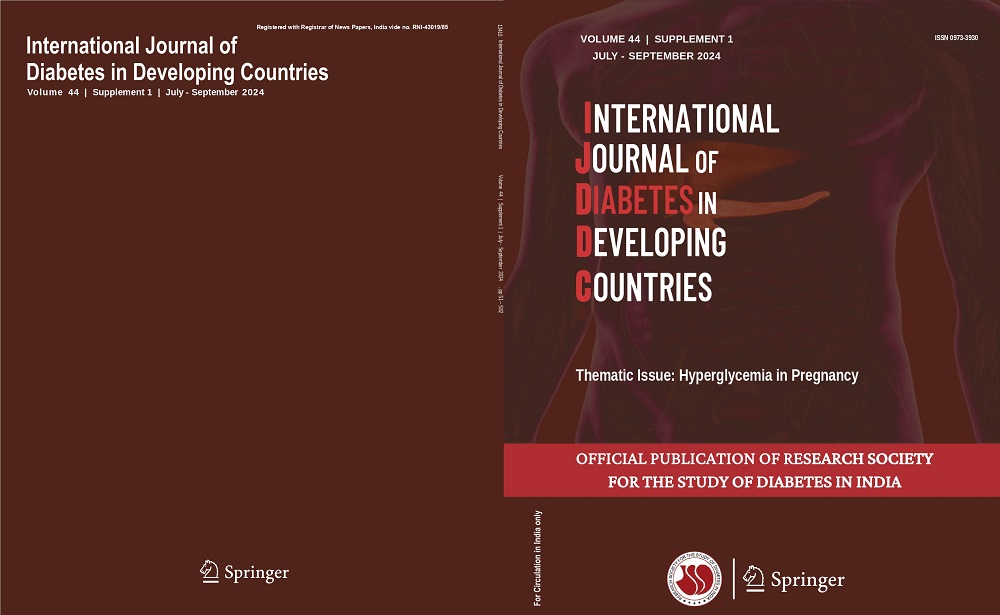Pichakacheri Suresh kumar, Sidharth S. Kumar, A. V. Raveendran
Keywords
Diabetes Mellitus • Type 2 • Erectile dysfunction • Self Report • Coronary Artery Disease • Prevalence
Background Erectile dysfunction (ED) is a prevalent complication of Diabetes Mellitus (DM) globally. However, there are lack of comprehensive studies on the association of ED with DM comorbidities and complications, especially among the Indian population.
Objective To assess the prevalence of erectile dysfunction (ED) and its association with comorbidities and complications of T2DM.
Methods Data from 1423 cases of male T2DM patients with ED aged 18–85 (Group-A) were analyzed and compared to an equal number of T2DM patients without ED (Group-B).
Results ED was associated with CAD [1.5881;95%CI 1.236 to 2.041(p = 0.0003)], diabetic autonomic neuropathy [4.1504;95%CI 2.894 to 5.953(p < 0.0001)], retinopathy [1.5473;95%CI 1.266 to 1.891(p < 0.0001)], hypothyroidism [1.3640;95%CI 1.0056 to 1.8502(p = 0.0460)], smoking [2.2111;95% CI 1.7575 to 2.7816(p < 0.0001)], alcohol depend-
ence [2.0018;95%CI 1.6213 to 2.4716(p < 0.0001)] and combined smoking and alcohol dependence [5.9178;95%CI 4.749 to 7.373(p < 0.0001)]. Also, multivariable regression analysis revealed a significant association of ED with duration of DM ≥ 10 years ( p = 0.0023), HbA1C ≥ 7 (p < 0.0001), BMI ≥ 23 (p = 0.0211), ESR ≥ 15 (p < 0.0001), dyslipidemia (p < 0.05) and CKD (p = 0.0439).
Conclusion Time constraints often force physicians to depend on self-reporting for diagnosing ED, leading to significant underreporting. This highlights the urgent need for efficient and time-saving diagnostic tools to aid Indian physicians in diagnosing ED accurately. Recognizing ED as a CV risk equivalent is crucial, as it is significantly associated with CVD.
This suggests that ED could serve as an early marker of underlying CV risk, necessitating proactive vascular risk assessment and management.




